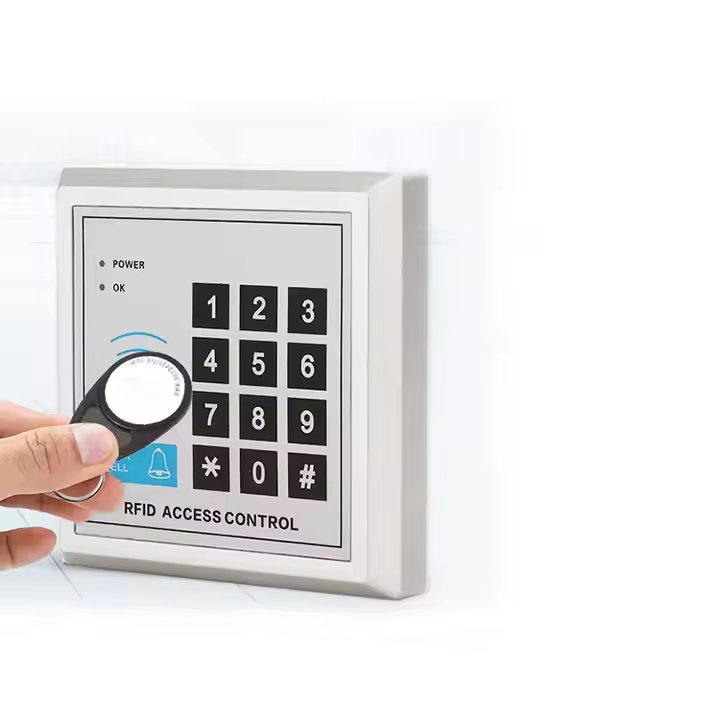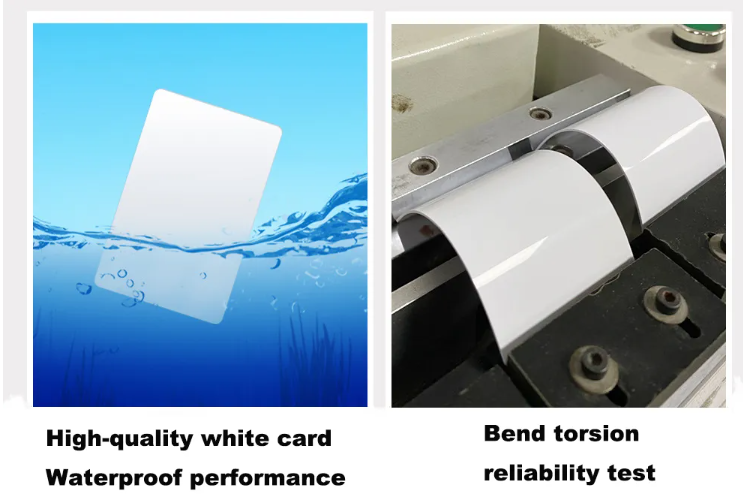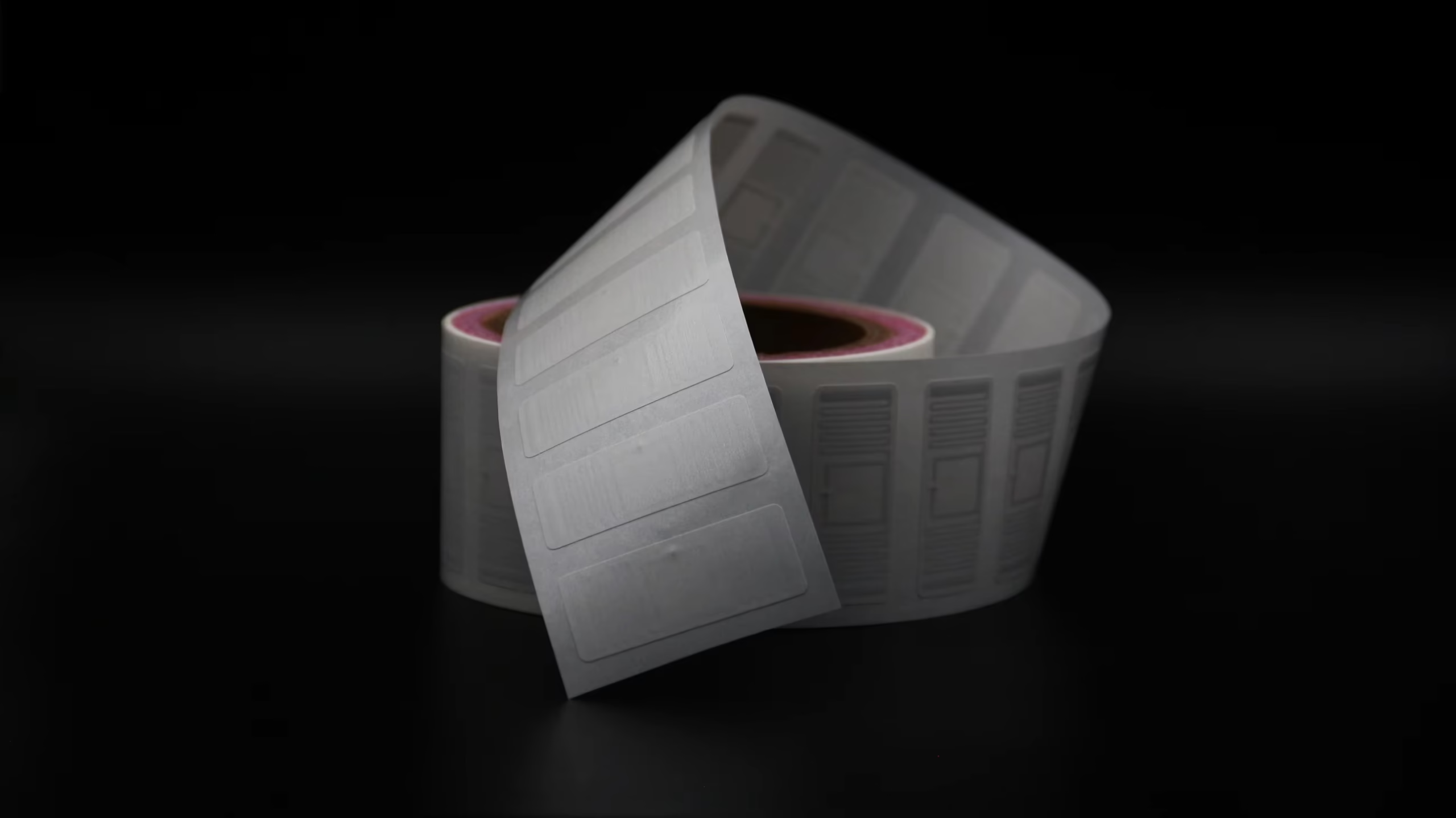
Why RFID Keyfobs Are Replacing Traditional Keys?
RFID keyfobs replace traditional keys with enhanced security, convenience, and custom designs for smarter, modern access control solutions.
NFC (Near Field Communication) technology has quietly revolutionized the way we interact with the world around us. From paying for your morning coffee to unlocking doors at work, NFC is everywhere! Among the various NFC tags out there, the NTAG213, NTAG215, and NTAG216 cards are the frontrunners, each with its own set of tricks and features. But what really sets them apart? Let’s take a fun, informative journey into the world of NTAG cards!
Before we jump into the specifics, let’s break down what NFC is in simple terms. Imagine a turbo-charged version of Bluetooth that works at super short ranges! NFC allows devices to communicate and transfer data wirelessly when they’re just a few centimeters apart. This makes it perfect for tasks like contactless payments, sharing information, and even smart advertising. Just tap, and voilà—data exchanged in the blink of an eye!
Think of NTAG213, NTAG215, and NTAG216 as three siblings, each with a unique personality. While they all share a common background and many traits, each one has its special skills. Here’s what makes them tick.
While NTAG213, NTAG215, and NTAG216 cards share several capabilities, they have their distinct attributes:
Here’s a closer look at what sets these cards apart:
| Feature | NTAG213 | NTAG215 | NTAG216 |
|---|---|---|---|
| Memory Size | 144 bytes | 504 bytes | 888 bytes |
| Number of Scans | Up to 50,000 scans | Up to 200,000 scans | Up to 500,000 scans |
| User Read/Write Area | 144 bytes (36 pages) | 504 bytes (126 pages) | 888 bytes (222 pages) |
NTAG213: 144 bytes of memory, great for simple applications like storing a URL or a short message.
NTAG215: With 504 bytes, this card can handle more complex data, making it suitable for tasks requiring a bit more information.
NTAG216: Offers a substantial 888 bytes, perfect for detailed data such as product descriptions or multiple links.
NTAG213: Good for low-traffic scenarios with a limit of 50,000 scans.
NTAG215: Ideal for moderately busy environments, managing up to 200,000 scans.
NTAG216: Designed for high-volume use with a remarkable endurance of 500,000 scans, making it perfect for retail and events.
The size of the user read/write area varies among the cards. NTAG213 has 144 bytes, NTAG215 has 504 bytes, and NTAG216 provides 888 bytes. This affects how much information can be stored and managed.
NTAG cards can be used for various applications: marketing, access control, authentication, and more. Their flexibility makes them valuable assets.
These cards streamline processes, making transactions quick and convenient. Customers can simply tap their cards for effortless interactions.
Contactless technology supports cleaner transactions, minimizing touchpoints in today’s health-conscious world.
With similar processing fees to traditional payment methods, integrating NTAG technology into operations remains budget-friendly.
Absolutely! NFC technology comes with impressive security features. Key security benefits include:
Tokenization: Unique tokens generated during transactions protect your actual card details.
Encryption: Data intercepted during communication remains unreadable and secure.
Two-Factor Authentication: When combined with biometric recognition, this offers an additional layer of security.
Though NTAG213, NTAG215, and NTAG216 cards may appear similar, the differences in memory size, endurance, and application capabilities make each one suitable for specific uses. Whether you need a simple solution for sporadic use or a robust card for frequent interactions, the NTAG family has something for everyone.
So, which NTAG card suits your needs? Embrace the future of contactless technology and enjoy the seamless interactions it brings! Happy tapping!
Newest trends and common knowledge in RFID laundry tags.

RFID keyfobs replace traditional keys with enhanced security, convenience, and custom designs for smarter, modern access control solutions.

Explore innovative MIFARE cards for access control, payments, and more. Discover quality, customization, and solutions tailored to elevate your business!

Jinsha Ruins Museum utilizes UHF RFID tags for smart ticketing, visitor tracking, and personalized experiences, enhancing cultural communication and service.

As one of the top RFID Tag manufacturers in China, we specialize in high-quality RFID Tag and other RFID products designed to meet the diverse needs of various industries.
@ 2024 RFID Laundry Tag. All right reserved.
Didn’t find what you want? Ask our manager for help!